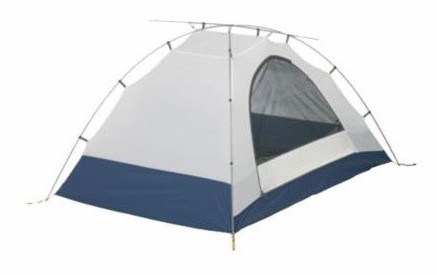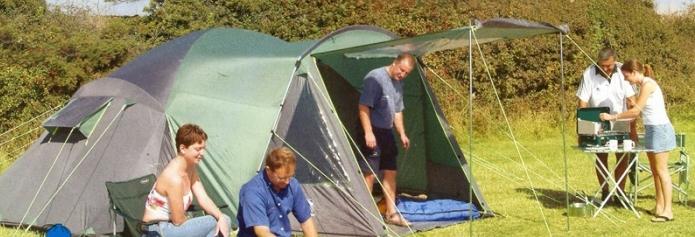The popularity of green tourism is growing today more than ever. This is facilitated by the great availability of various “reserved corners” and, not least, the availability of various equipment in sports stores. If twenty years ago, getting, say, a tent or backpack was a great success, and no one looked at their quality, now you have the opportunity to choose. And so that this choice is correct, we will give some tips on choosing a tent. Camping, camping, light or extreme tents - all of them have many common properties, and the recommendations given in this article will allow the buyer to have common selection criteria.
General requirements
The general requirements for any tent stem from its purpose. A tent is a light, wearable shelter from rain, wind, sun, insects, animals and other adverse environmental factors in the wild. Therefore, it should be as light as possible, compact (when folded), have good water-repellent qualities, high tensile strength and resistance to wind. All these qualities are achieved through the use of modern synthetic materials, thoughtful design and impeccable sewing. Thus, when choosing a tent, special attention should be paid to how reliable the seams are, whether they are glued, what fabric is used (best if it is made using Ripstop technology), how well it holds water and wind (information can be obtained from the passport or instructions attached to the product). Necessarily in a modern tent there should be mosquito nets, ventilation windows, and racks (arches) made of high-quality duralumin or carbon fiber. As you can see, the properties of the tent strongly depend on the materials from which it is made, which means it is unlikely to be able to buy a good tent for less than a hundred dollars. A “cheap” tent not only does not allow you to save anything, but it can spoil your vacation, and possibly expose your life and health to unjustified risk. Having decided on the general provisions, we consider the requirements for individual tents for their purpose.

The most stringent requirements are imposed on this type of tent. On the one hand, they are operated in the most adverse conditions, and at the same time they must be very reliable, and on the other hand, they are worn on themselves, and therefore their weight should not exceed the permissible limits. There is a contradiction between strength, reliability and the necessary lightness. By the way, the price plays a serious role here, as the lighter and more durable the material, the more expensive it is. How to find the "golden mean"? Here it is necessary to proceed from the conditions in which the use of the tent is planned . For hiking of a high category of complexity in harsh climatic conditions, the choice is best left to an experienced professional. Camping tents for three to four day crossings in the Carpathians or Crimea can be chosen independently. It will be enough here for the tent top tent to have a water permeability of at least 5,000 mm and its bottom to be 8,000. It is good if the top tent also has sun-reflecting properties. Such a tent should have two layers: the inner breathable and the upper protective (tent in the tent), and it is critical that the layers do not touch. Otherwise, condensate accumulated on the inside of the top tent will wet the inner tent. It is very convenient when the camping tent has two exits and vestibules for equipment that is excess inside the tent. Experience suggests that triple tents are the most versatile camping tents, their weight rarely exceeds four kilograms, while they are very compact in both folded and unfolded state, have low windage.

For this species, the weight does not matter, since such tents are usually transported by car. The requirements for dimensions and quality are also much lower than for the camping tents described above. Such tourist tents can be chosen based on the comfort and price you need.